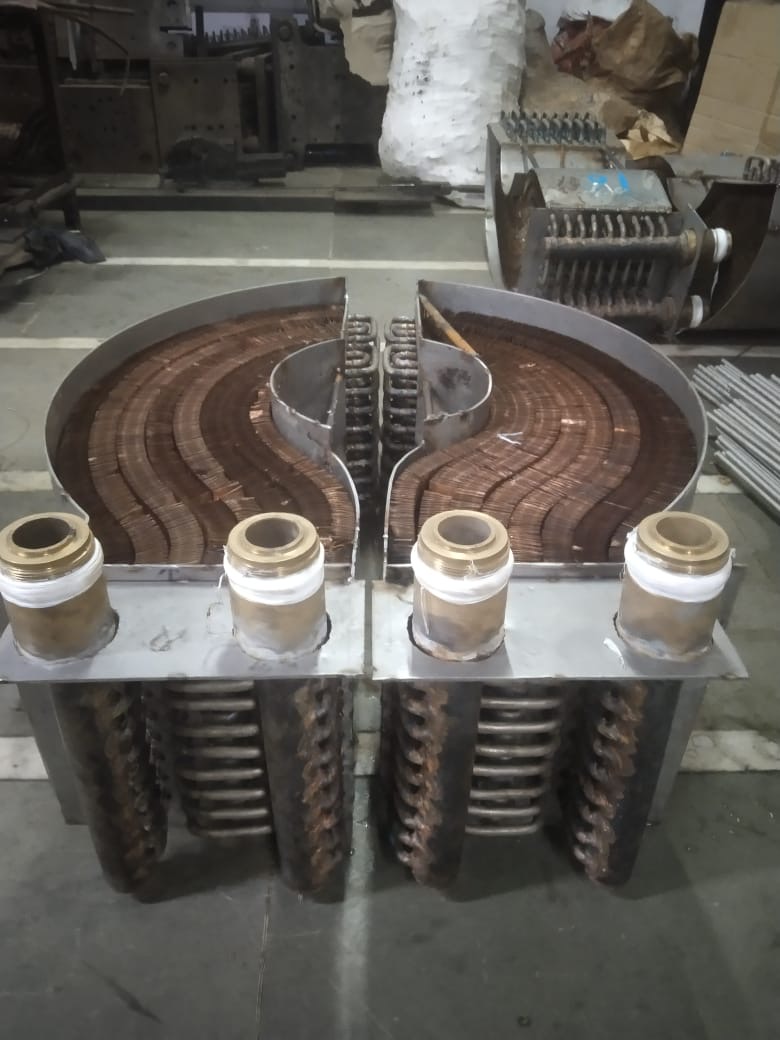A fin heat exchanger is a type of heat exchanger that uses extended surfaces, or fins, to increase the surface area for heat transfer between two fluids. These are commonly used in various applications, including HVAC systems, refrigeration, and marine engines.
Key Features:
- Increased Surface Area: Fins enhance the heat transfer efficiency by providing more surface area for heat exchange.
- Compact Design: They allow for more efficient heat exchange in a smaller footprint, making them ideal for space-constrained environments.
- Material Variety: Typically made from metals like aluminum or copper for good thermal conductivity.
Types of Fin Heat Exchangers:
- Air-Cooled: Used in applications where air is the cooling medium.
- Water-Cooled: Often found in industrial processes where water is used to remove heat.
Applications:
- Marine Engines: Often used to cool engine coolant or lubricating oil.
- HVAC Systems: Used in radiators and air conditioning units to transfer heat between air and refrigerants.
- Power Plants: Employed in various heat recovery systems.
Maintenance Tips:
- Regular Cleaning: Dust and debris can accumulate on fins, reducing efficiency; periodic cleaning is essential.
- Inspection for Damage: Look for bent or corroded fins that could impair performance.
- Check for Blockages: Ensure that airflow or fluid flow isn’t obstructed.
If you have specific questions or need more details, let me know on +919811024797
